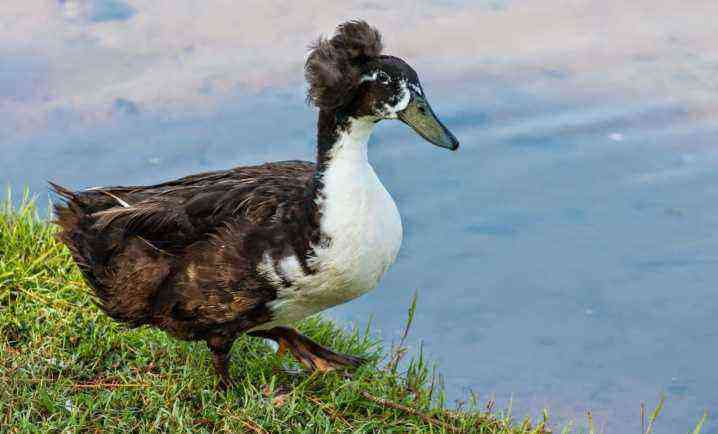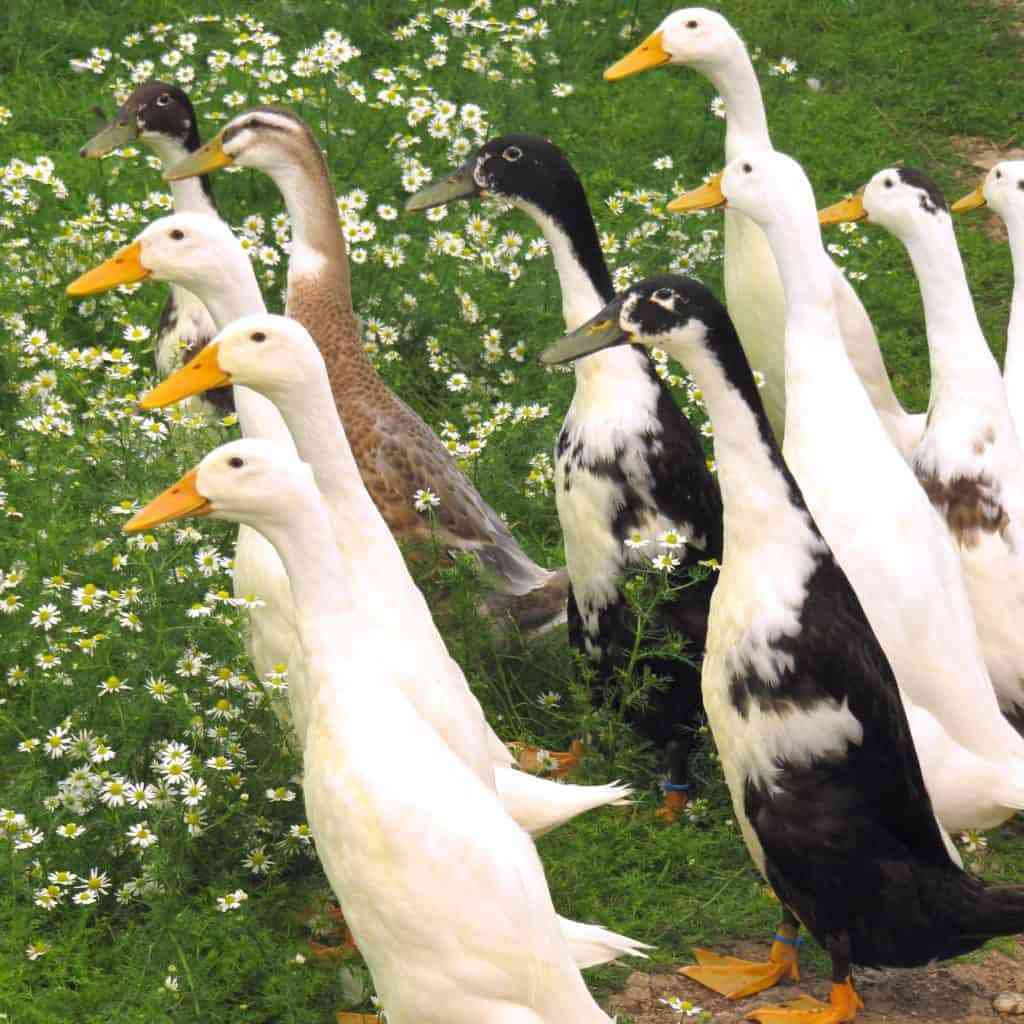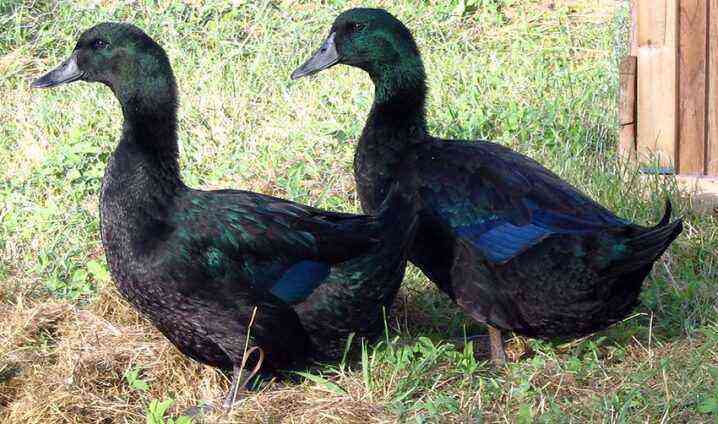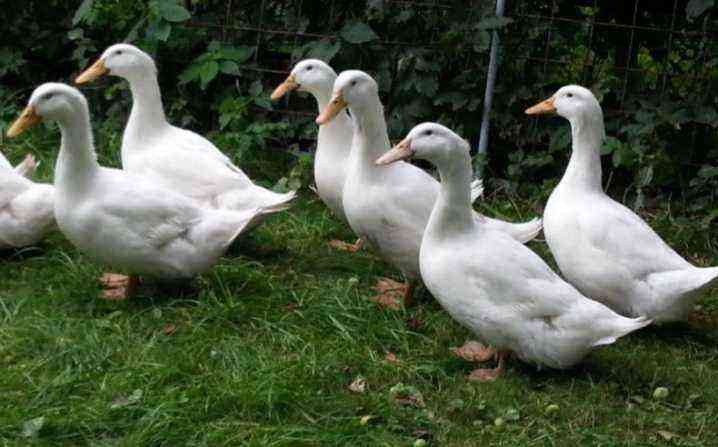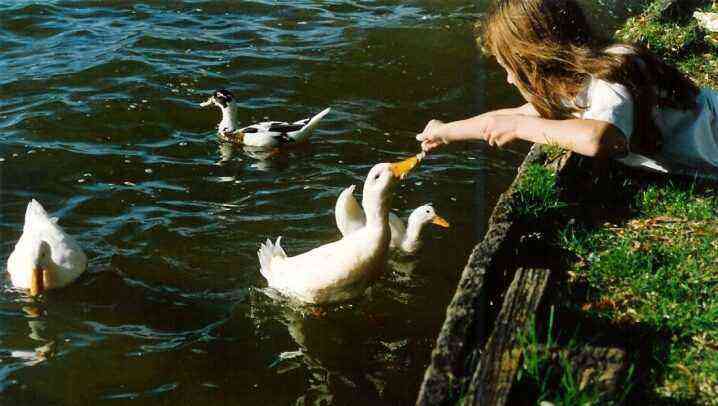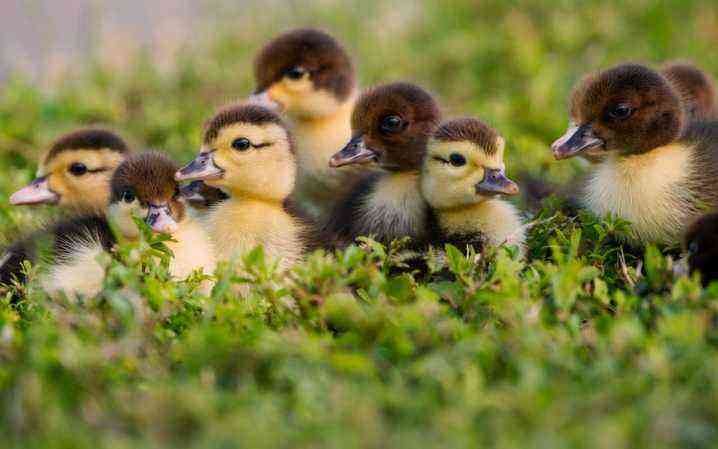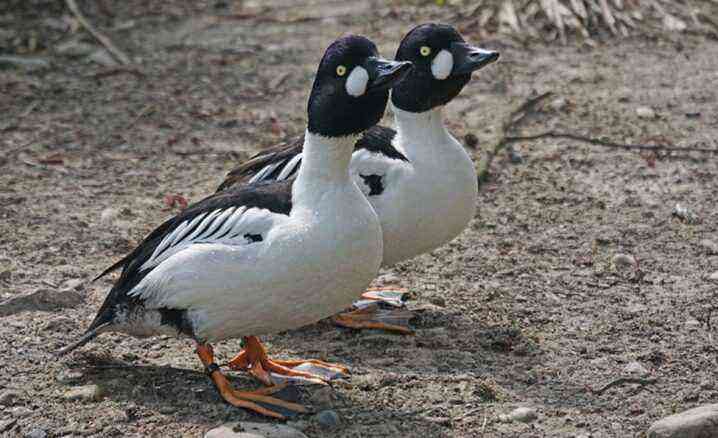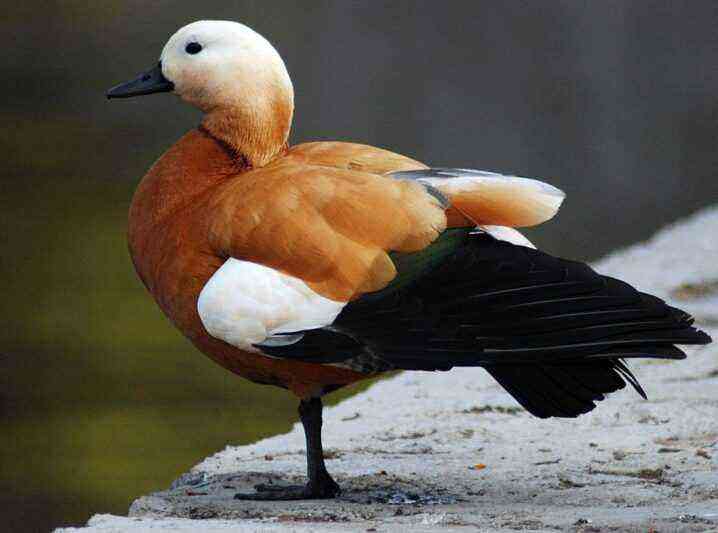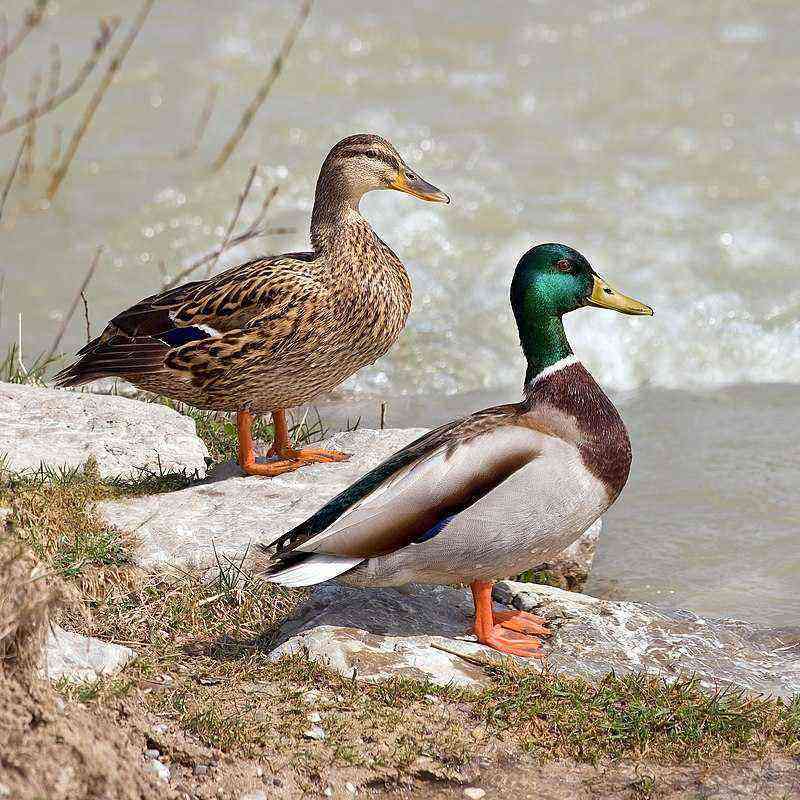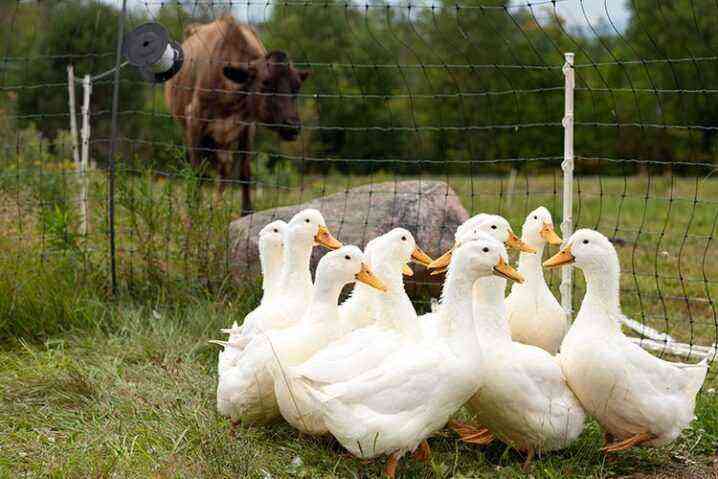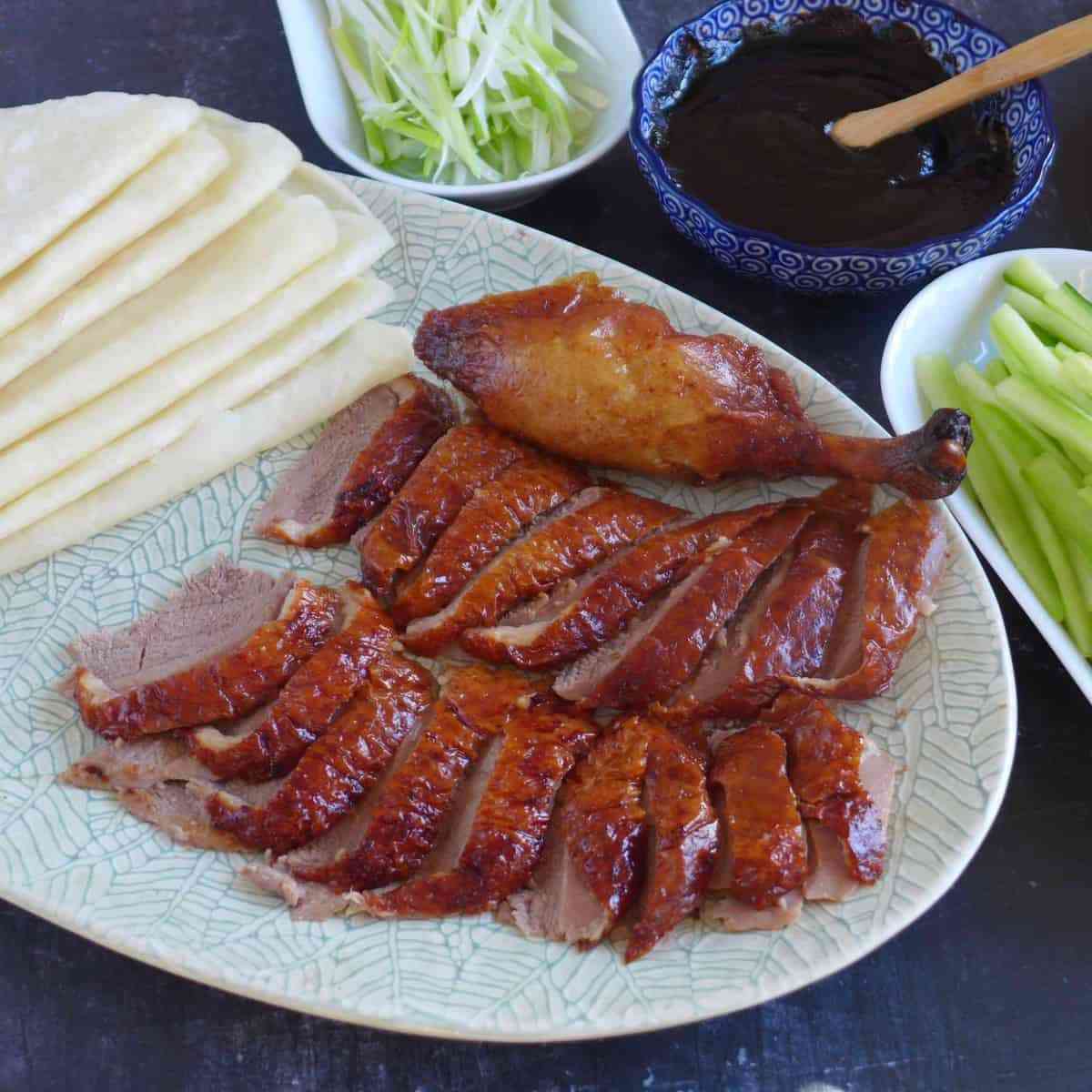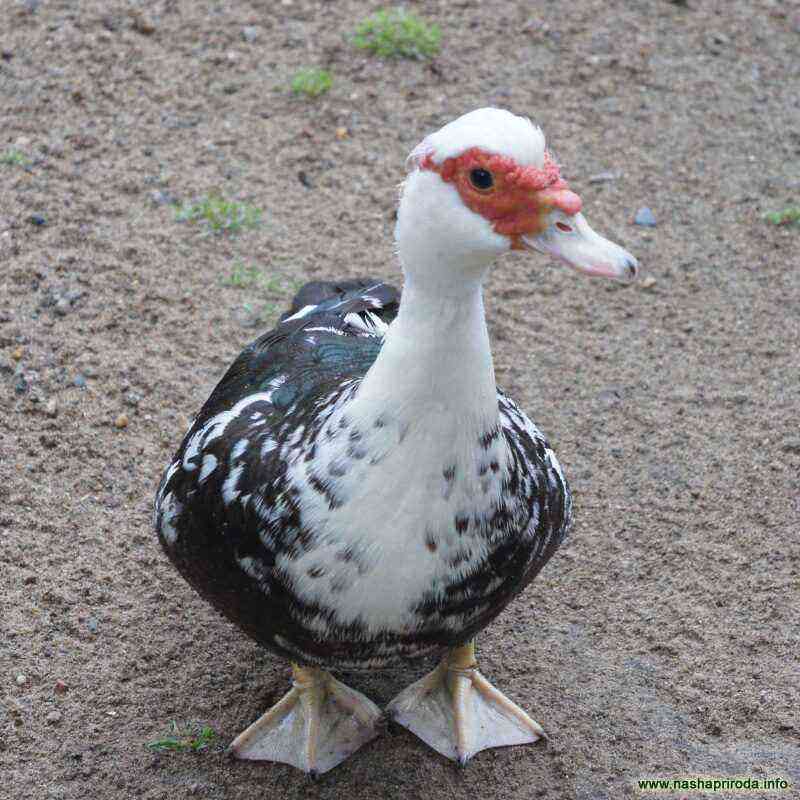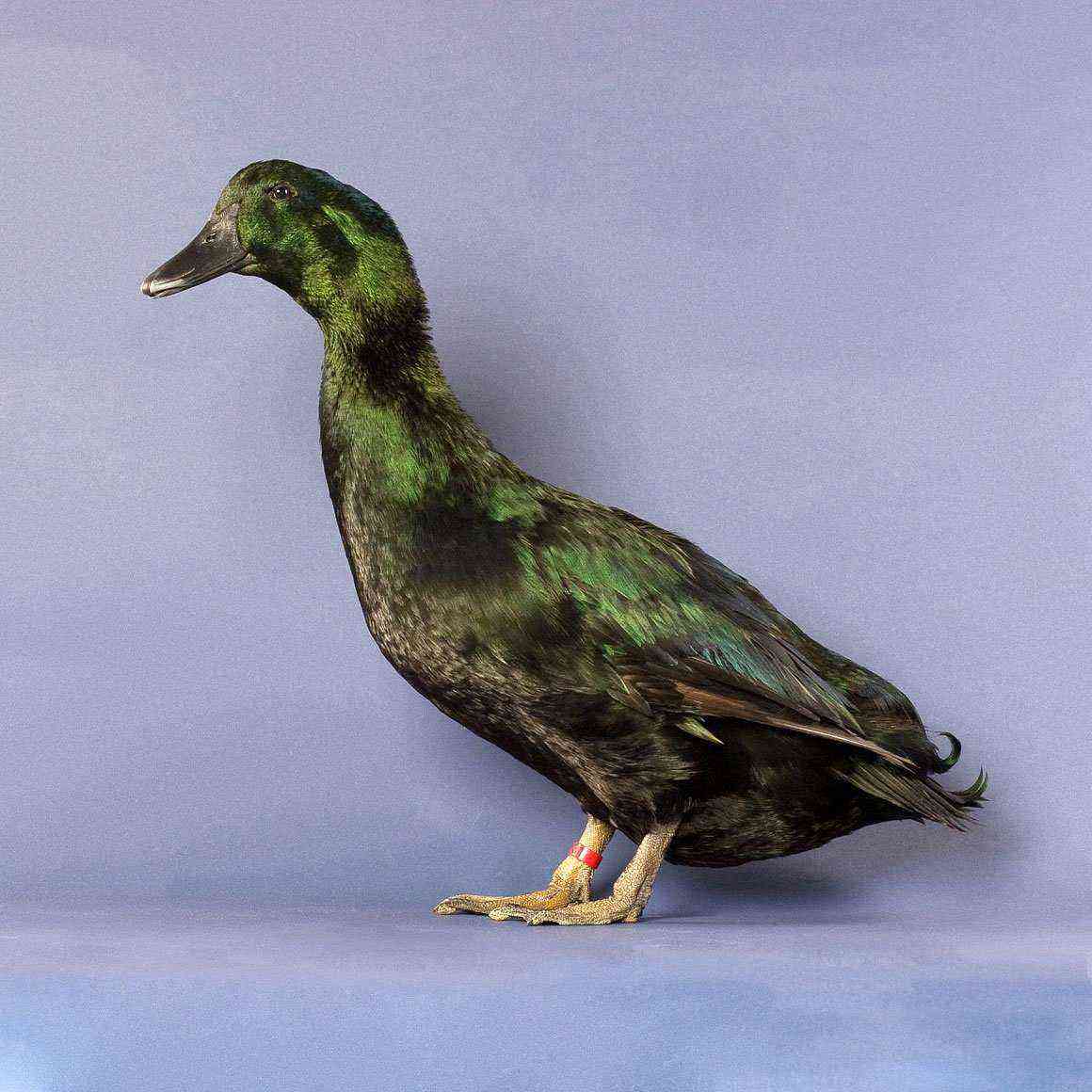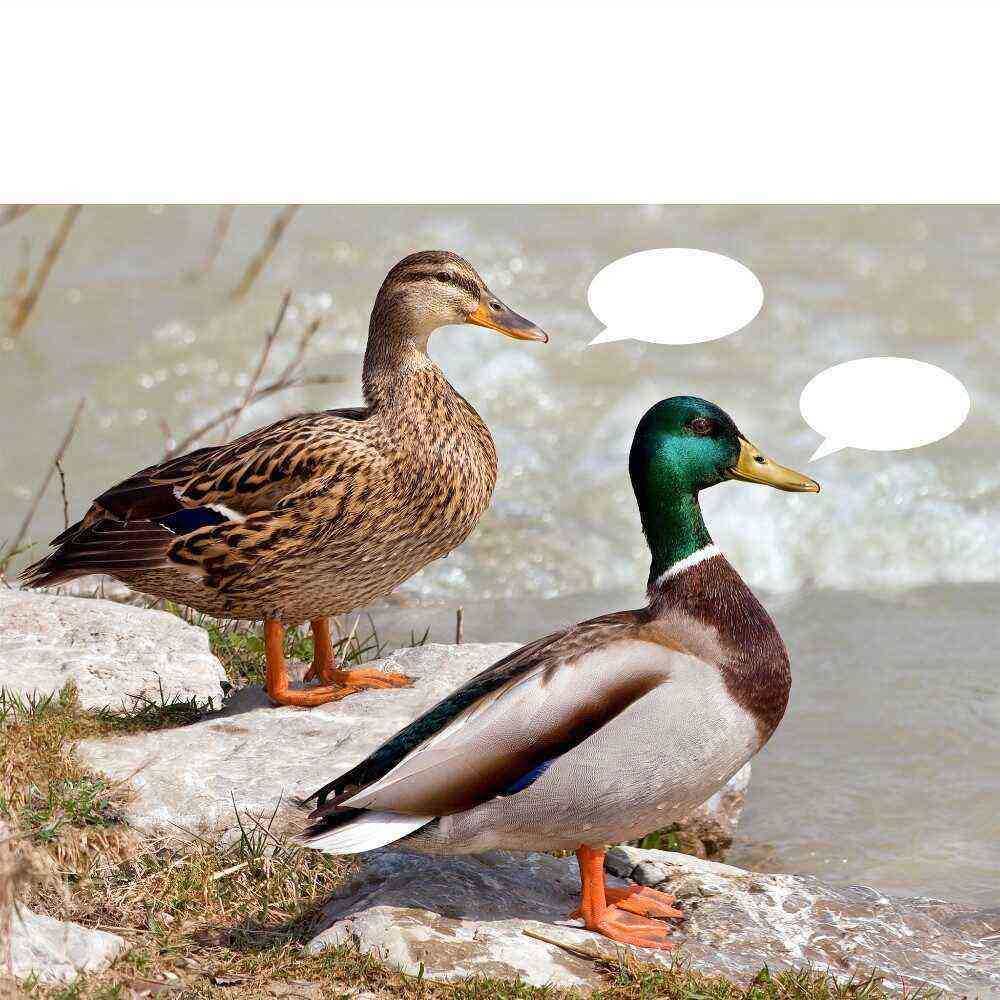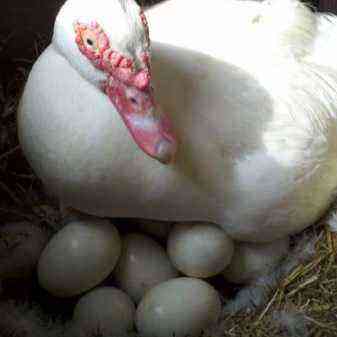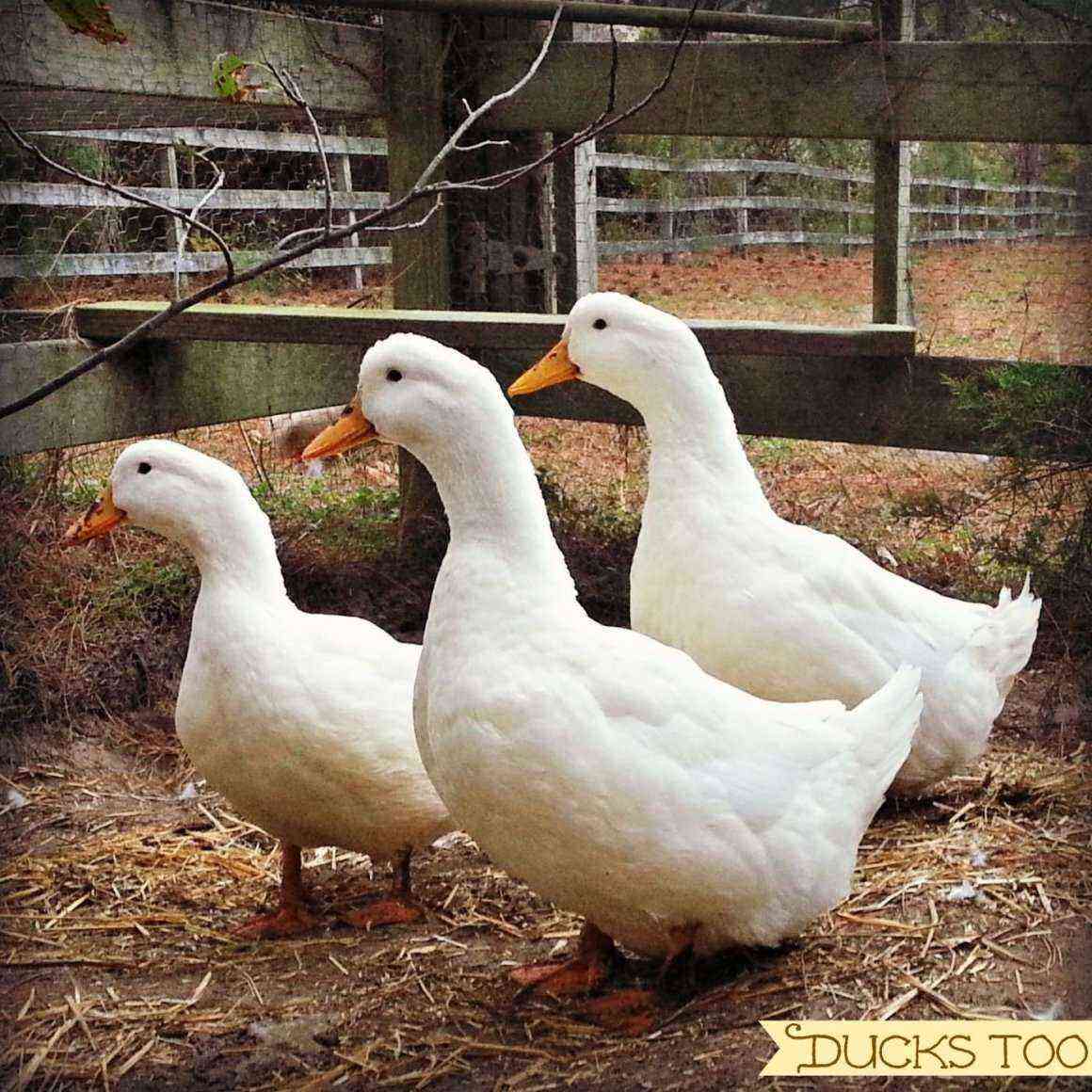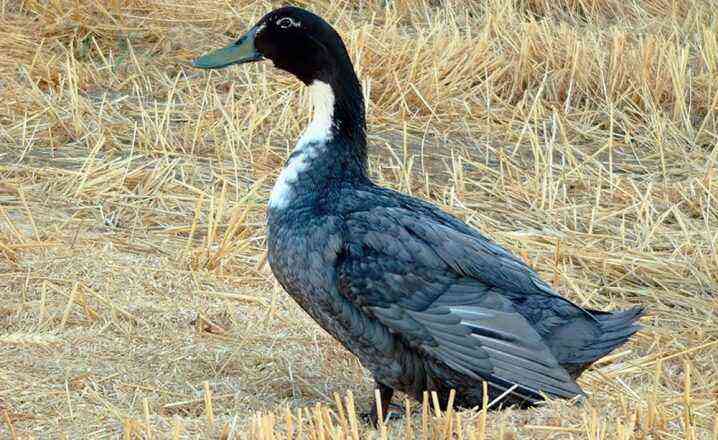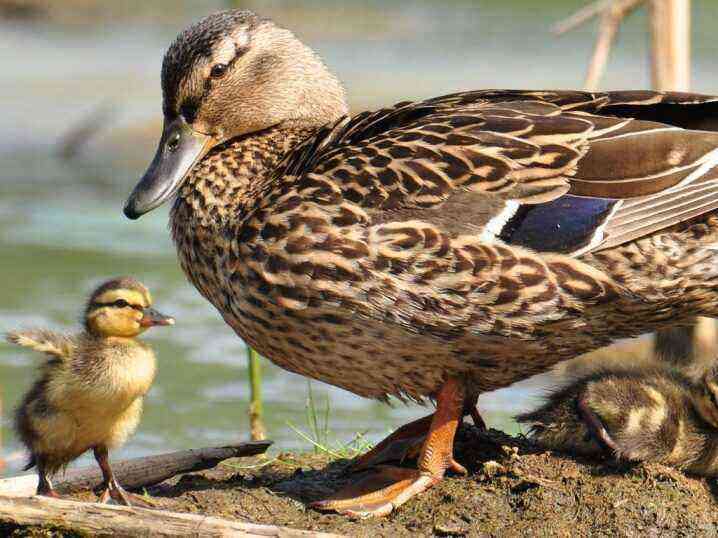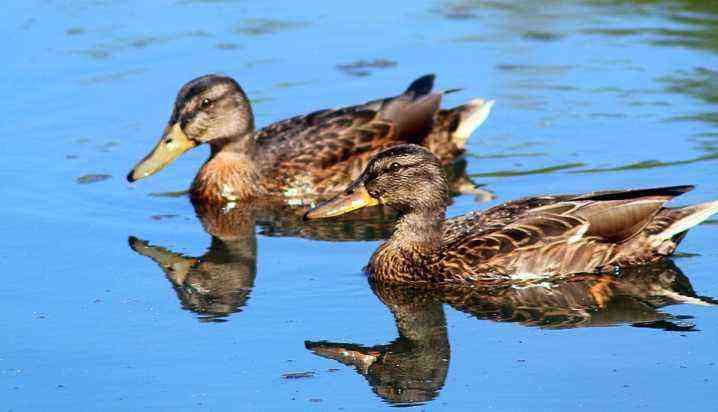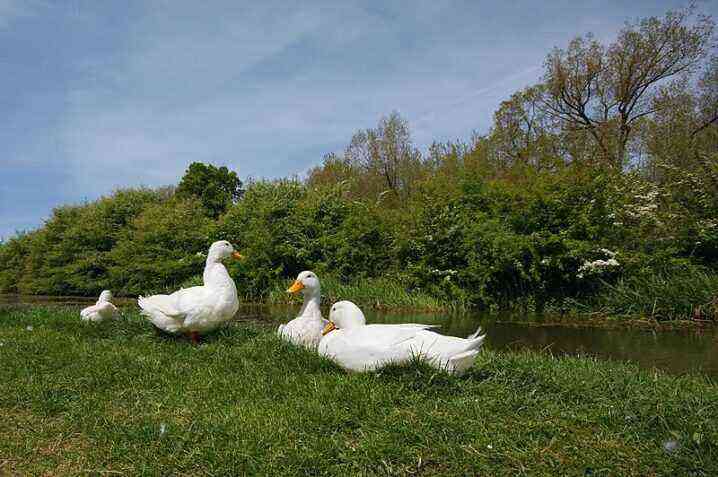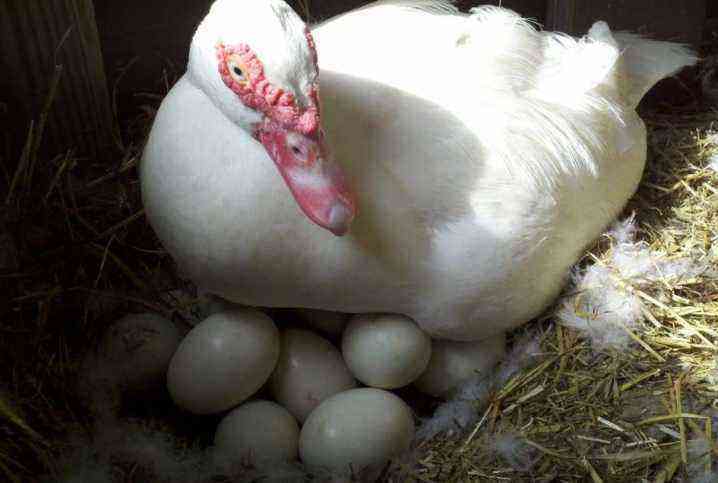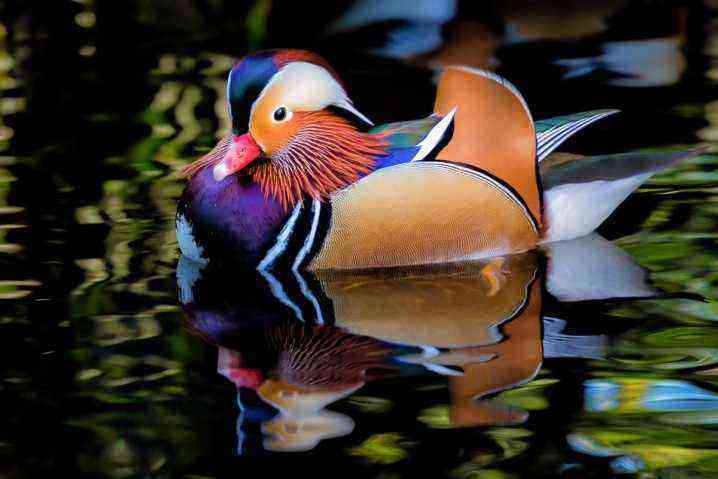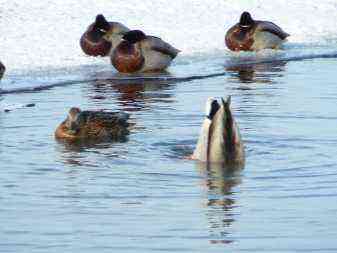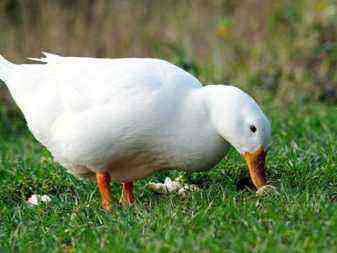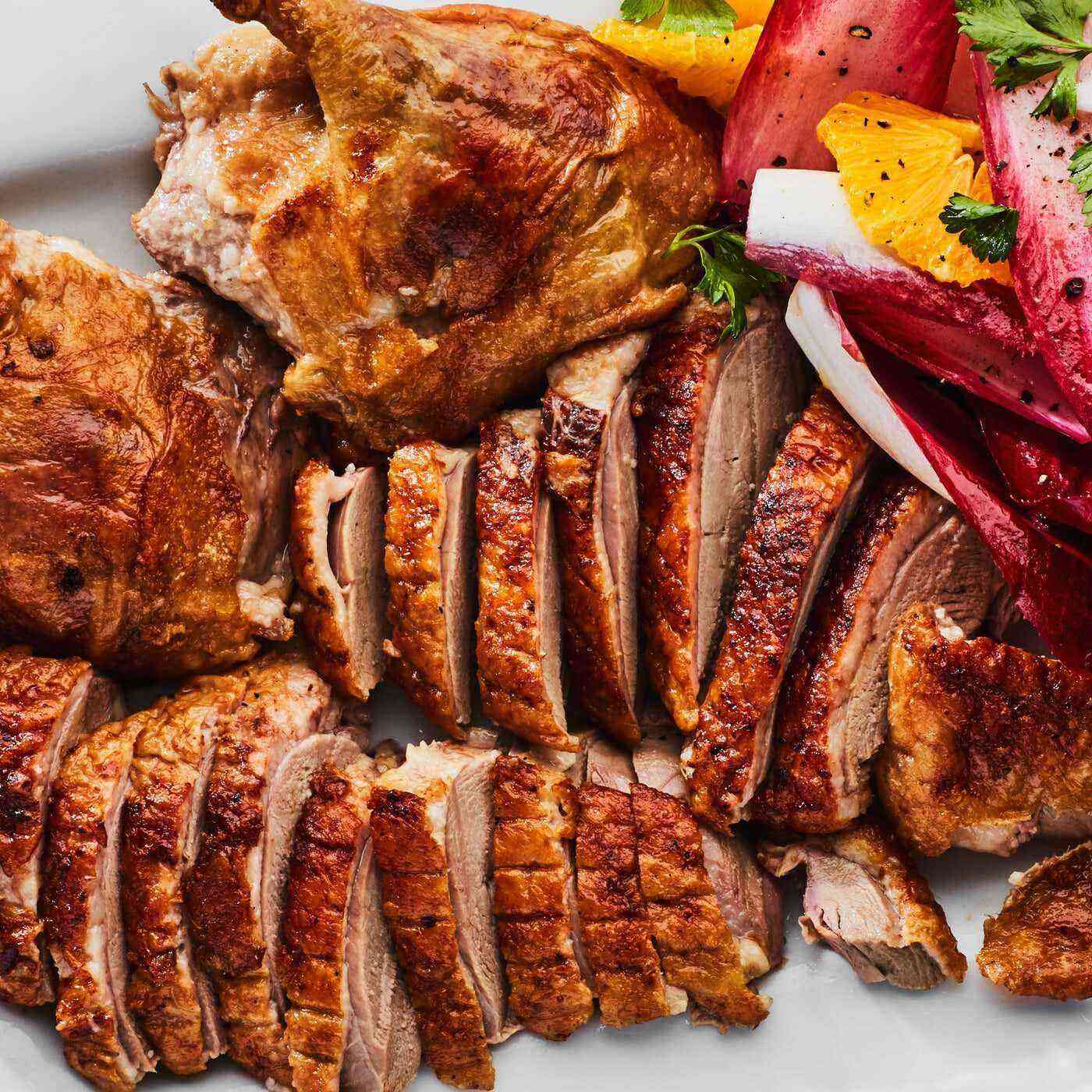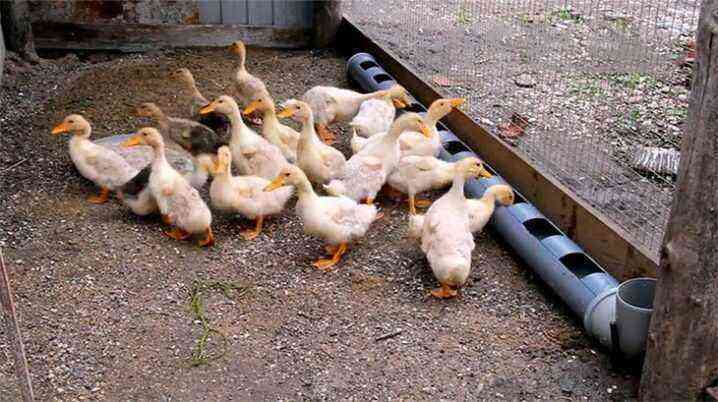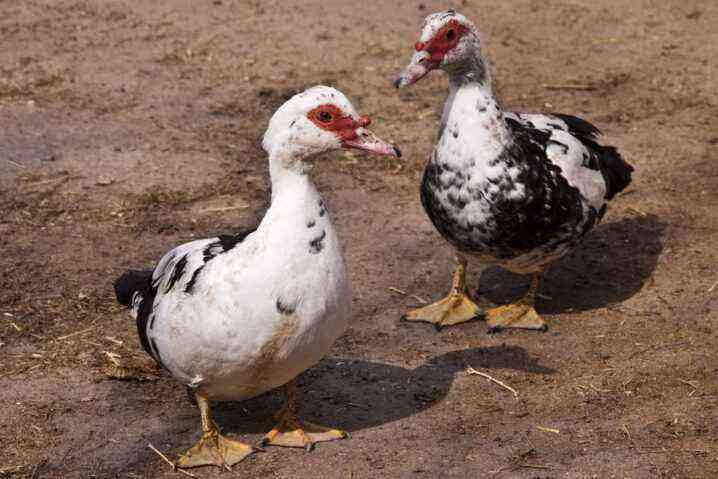Breeding meat ducks is one of the priority areas of poultry farming. However, not all breeds give maximum profitability, so the choice of poultry should be approached very carefully. A rather attractive option is the mulard hybrid, which is characterized by ease of maintenance and high productivity.
The story of
Moulards are a hybrid obtained as a result of the selection work of specialists from France, who crossed the drake of a musky duck (Indo-duck) with a Peking white duck breed. As a result of selection, an unpretentious cross has appeared, which is highly resistant to diseases and is ideal for beginners. Mulard was bred in the 60s of the last century, since then it has been considered one of the best meat hybrids. A little later, matings of the Indo-duck with the Orgpington, the Rouen duck and the white allier were carried out.
This work also gave good results, but it was mulards that gained great popularity among other hybrids.
Mulards are not found in nature, since the distribution areas of their parent individuals are far from each other: the Peking duck lives on the territory of the Eurasian continent, and the Indo-duck lives in South America. An important breeding feature of the cross is the preservation of the best generic traits of both parents in each representative of the hybrid. So, from the Pikin breed, the bird got a large body size, and from the musky breed, the accumulation of a minimum amount of fat in the meat, which makes it soft and tender. Like many artificially bred crossed breeds, mulards cannot have their own offspring in a natural way, they multiply due to human intervention.

Features of the view
Moulards have quite impressive dimensions and are distinguished by the white color of the pen. On the small head of the bird there are characteristic black marks, giving it great solidity. The body of the duck has a somewhat elongated shape and looks quite powerful. The wing is quite long and fits snugly to the sides. The legs are well developed, have a shortened structure, and the paws are colored yellow-orange. The beak of the mulards is slightly elongated and also has a yellow color. Ducks have a rather long, but at the same time strong neck, for which they received a second unofficial name – duck-geese. The eyes of the mulards are always dark in color, the tail is short.

One of the important characteristics of the hybrid is a calm disposition and complaisant character.
Birds do not cause confusion and do not make much noise in the poultry yard. Cross is very picky about the conditions of detention and has excellent immunity. This is due to many years of selection work, as a result of which only the best features of the two breeds were identified and fixed. In addition, the mulards turned out to be very clean birds, with timely cleaning of the poultry house or yard, the smell will be completely absent.
Considering the description of ducks, it is impossible not to mention their good intelligence. Moulards are one of the few species that can be safely kept on open grazing. The herd is very obedient and well managed, without creating any problems for the owners. The meat of hybrids is famous for its high taste properties and excellent quality, and can also be used as a dietary product.
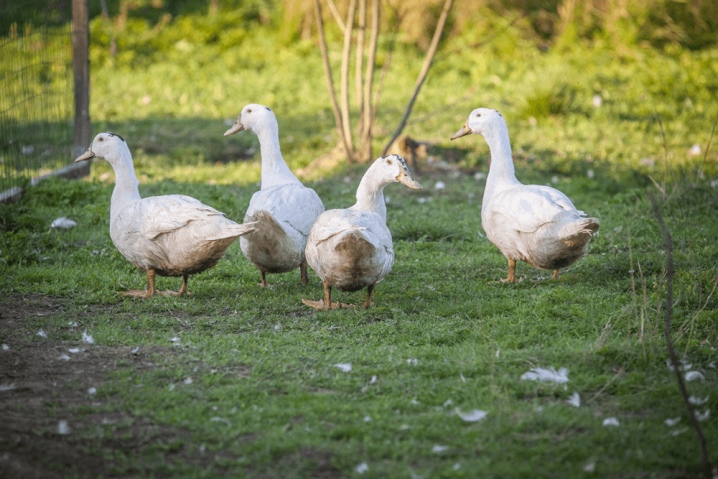
Performance indicators
Moulards are characterized by very high productivity. In the first few months, birds gain weight up to 4 kg, by four months their weight increases to 6 kg, and at 5 months ducks are practically comparable to geese and weigh about 7 kg. A distinctive feature of the cross is the uniformity of the herd. Unlike representatives of other duck breeds, adult female mulards lag behind males in weight by only 0,5 kg, which is not immediately evident during visual inspection. The meat of hybrids contains about 3% fat and has a unique juicy taste. It has no foreign taste and specific odors, which, combined with a minimum fat content, allows it to be used even for baby food.

In terms of nutritional properties and calorie content, cross-country meat is often compared with young beef. Drakes are often bred for their delicious liver, which weighs about 550 g by the time it is slaughtered at the age of four months. Among most culinary specialists, mulard liver is valued on a par with goose liver, and some gourmets consider it more tasty. In addition to meat, mulards give a good quality feather. It can be used both for sewing pillows and feather beds, and as a filler for outerwear.

Advantages and disadvantages
The high popularity of the cross among poultry farmers due to a number of its important advantages, namely:
- high resistance to temperature extremes greatly simplifies the maintenance and breeding of birds, and also allows them to be grown in a temperate continental climate;
- the minimum costs for growing are due to the rapid weight gain of the duck on almost any feed;
- excellent immunity minimizes the loss of poultry from various infectious and bacterial diseases, and also contributes to high flock survival;
- due to the precocity of mulards, they can be slaughtered starting from 3-4 months;
- hybrid meat has high taste properties and is somewhat reminiscent of goose;
- thanks to the cleanliness of birds, their feather is in excellent condition and can be used to make pillows;
- ducks are quite balanced, do not interfere with the owners with loud cries and do not run away from the farmstead.
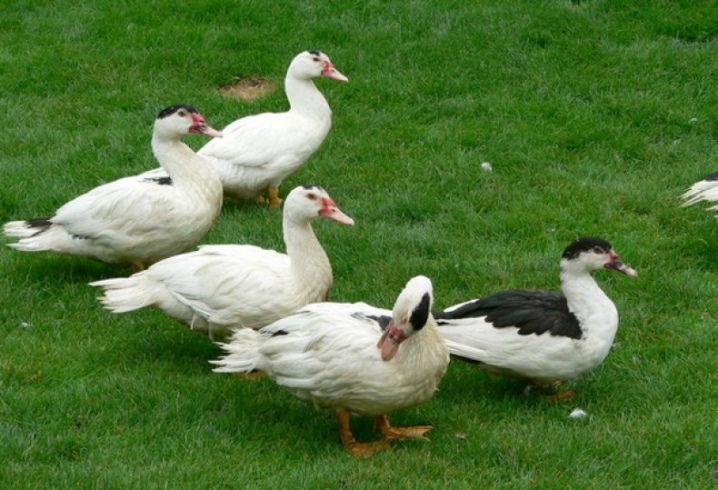
However, along with the obvious advantages, the hybrid still has disadvantages. These include the impossibility of reproduction in a natural way due to the infertility of eggs and a particular sensitivity to dampness. For faster weight gain, ducks must be provided with a dry, ventilated room and the presence of drafts must be excluded. Another disadvantage is considered to be too high, in comparison with other breeds, the cost of ducklings. So, the price of one week-old chick varies from 500 to 600 rubles, daily allowances are half the price.
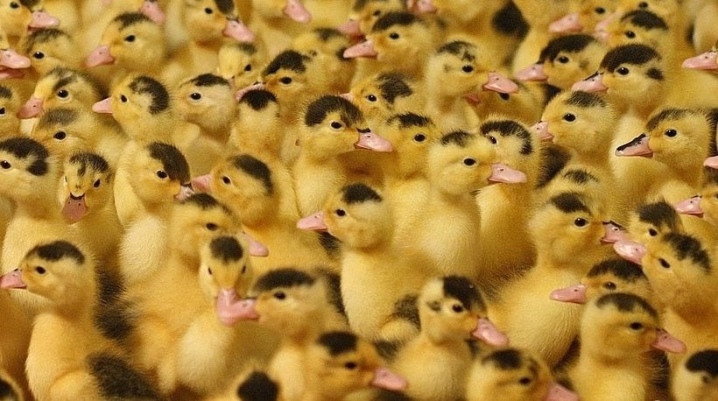
Adult individuals are not for sale, as they are not of interest as breeding material.
Conditions of detention
Growing mulards at home is not difficult even for novice farmers. Birds are quite content with simple conditions of detention, the creation of which requires a minimum of effort and money.
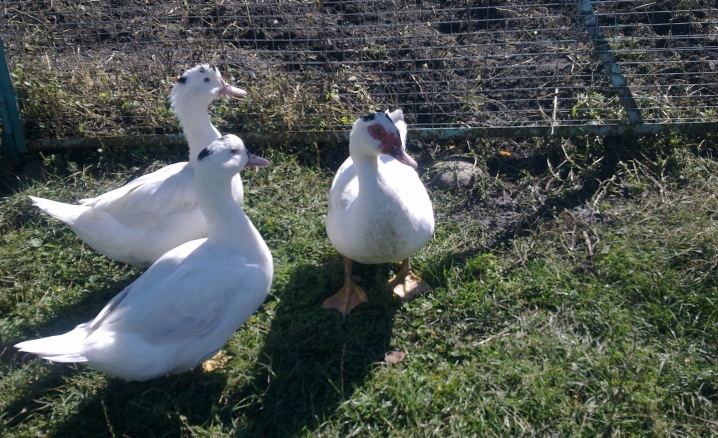
Poultry house
After the decision was made to grow a hybrid, care should be taken to build a poultry house. It is necessary to build it at the rate of one square meter for three individuals. If there is a ready-made barn or other outbuilding on the site, then it can be easily converted into a poultry house. To do this, it is only necessary to caulk all the cracks, eliminate drafts and examine the room for dampness, mold and mildew.
If the latter are found, measures should be taken to eliminate them, and in too neglected cases, it is better to build a new structure.
Wood is considered the best material for building a poultry house. The building is raised above the ground by 30-50 cm, and a thin layer of slaked lime is laid on the floor and covered with dry straw. The use of sawdust is not recommended due to the fact that they tend to absorb moisture, which can lead to dampness, which is very harmful to moulards. The temperature inside the room should be maintained at +16–+18 degrees with an air humidity of 60–70%.
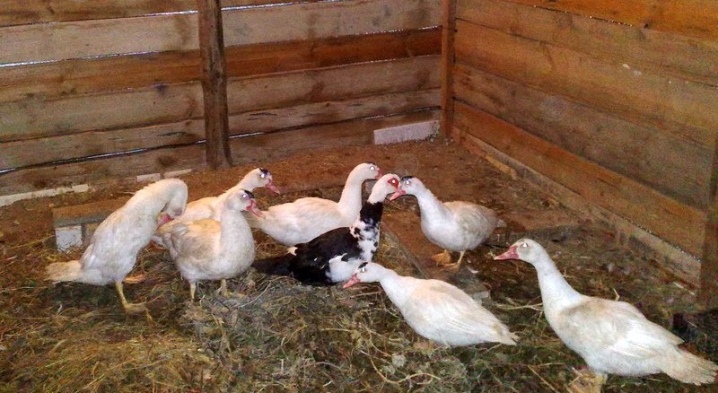
An important condition for keeping ducks is the arrangement of good ventilation. This will ensure proper air exchange in the house and will not allow dampness to accumulate in the room. The manhole is usually built on the south side of the structure and equipped with a reliable door. The roof must be sloped: rainfall will drain into the drain and will not be able to penetrate inside. The light in the house can be both natural and artificial, but birds grow faster with natural light.

Paddock area
The paddock for walking is equipped at the rate of 1 m² per duck. If possible, then make it better near the reservoir. Such a location will allow birds to eat duckweed and aquatic vegetation, as well as swim freely. However, the presence of water is not a prerequisite for the maintenance of mulards; they may well do without it.
It is better to fence the walking area with a chain-link net, and inside it is desirable to make a canopy, which will help the birds hide from the sun on a hot day or shelter from the rain. When equipping a corral for small chicks, it is recommended to make a mesh cover from above. This will protect the kids from the penetration of cats or birds of prey.
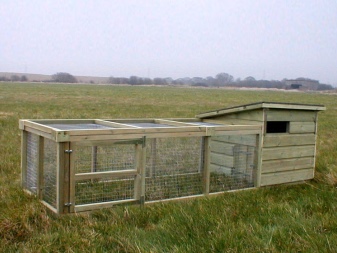

In warm and dry weather, ducks are driven outside for the whole day, while in the off-season and in bad weather they should walk for about an hour.
Feeder and drinker
Containers for food and water are placed both in the poultry house itself and on the walking area. Indoors, feeders 140×23 cm in size will be enough for adults, and small containers of 100×15 cm will do for young animals. Larger models are installed on the street and placed inside the tire. This will prevent them from tipping over and make transport easier. From above, the feeders are equipped with slats that do not allow the birds to sharply raise their heads, scatter food and climb into the bowl.


Care
Having considered the conditions for keeping birds, one should dwell in more detail on care. So, if the cultivation of females is carried out outdoors in a common poultry house, then the drakes are closed inside the cages and intensively fattened. The reason for the separate keeping is the need to build up the foie gras liver, which the males are famous for. The air temperature in the poultry house should not fall below +16 degrees, otherwise the bird will begin to spend most of the calories on body heating and it will become worse to gain weight. The upper limit is +25 degrees, because at higher temperatures, moulards suffer from heat and begin to eat worse, which also leads to a slower growth rate and jeopardizes business profitability.
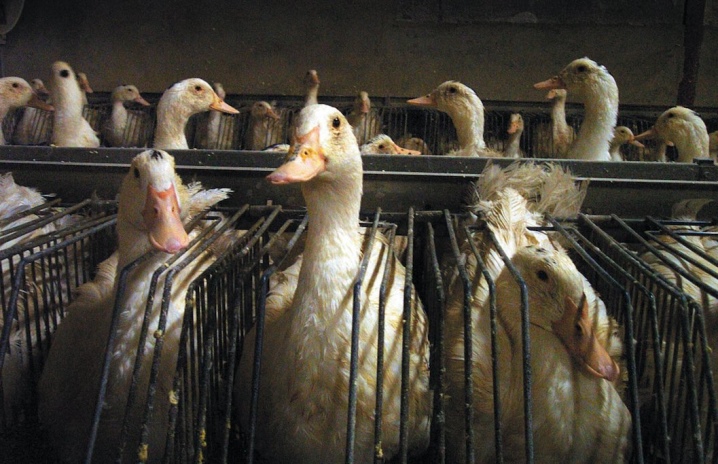
During the daytime, the door to the house should be kept open. This must be done so that the bird can return inside at any time and rest calmly. Straw bedding is changed as needed, avoiding excessive contamination with leftover feed and excrement. In the absence of a natural reservoir, it is recommended to install a large basin with clean water in which the duck could swim. This is necessary not only for a more comfortable stay of mulards in the poultry house, but also to improve the quality of their feathers.
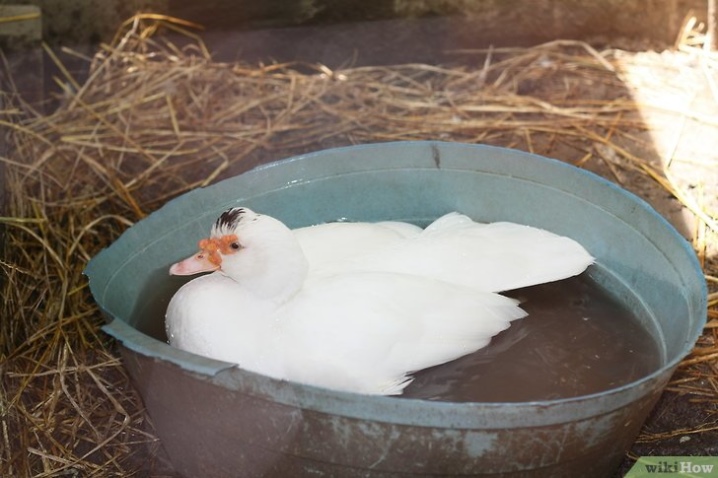
When keeping a fairly large herd, it is recommended to dig a moat that is not too deep, line it with foil and fill it with water.
For the winter, mulards are usually not left, but the entire livestock is slaughtered before the onset of cold weather. This is due to the fact that the hybrid is grown exclusively for meat and cannot be used as breeding material. In addition, chicks acquired in autumn and left for the winter do not gain weight well at low temperatures and often get sick. Because of this, duck obtained in winter is characterized by not very high taste properties and low quality. To solve the meat supply in winter, it is recommended either to build a capital poultry house with heating, or to increase the number of heads in the last, pre-winter batch, and send it to freezers after slaughter. A new herd of young chicks is recommended to be purchased no earlier than April.
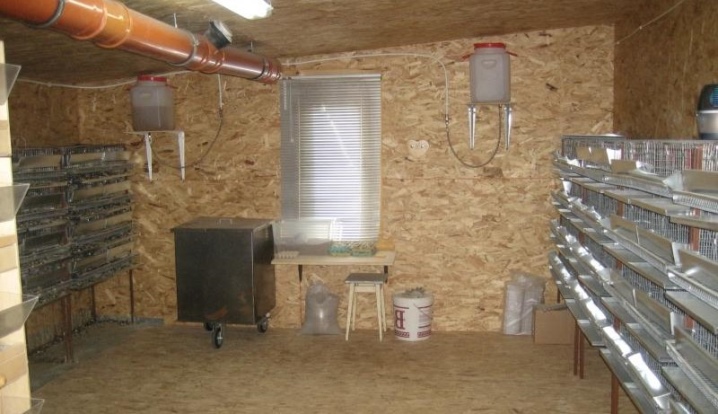
Feeding
To achieve maximum productivity of mulards, they should be properly fed from the very first days. For feeding chicks from birth to 10 days of age, it is better to prepare a special mixture consisting of a boiled egg, fresh herbs, duckweed and corn porridge. In the absence of corn grits, it can be replaced with wheat, barley or oatmeal. You can also purchase ready-made granulated food for little ducklings, in which all the nutrients necessary for the proper growth and development of chicks are strictly balanced.
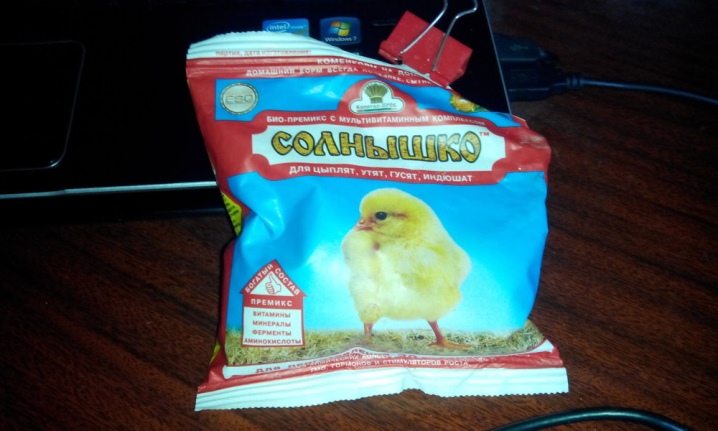
When starting to feed babies, you should know that the first 2-3 days the chicks cannot eat from bowls. Therefore, the nutrient mixture is poured onto their backs: they distinguish moving objects well and peck food from each other. Starting from the third day, the ducklings eat from the bowls on their own. The first 3 weeks they are fed from 6 to 8 times a day with food with a caloric value of 280 kcal / 100 g, and consisting of 20% of proteins.

Specialized fattening begins from the moment when the chicks are 1 month old.
For fattening, special compound feed and vegetable food are used, mixing them with a small amount of white bread. Feeding is performed twice a day – in the morning and in the evening, carefully observing that each duck must receive its portion of food. The need for control is due to the fact that often the strongest and most arrogant ducks push back the quieter and more timid ones and eat all the food. If such cases take place, then separate feeding of weak and strong individuals is recommended.
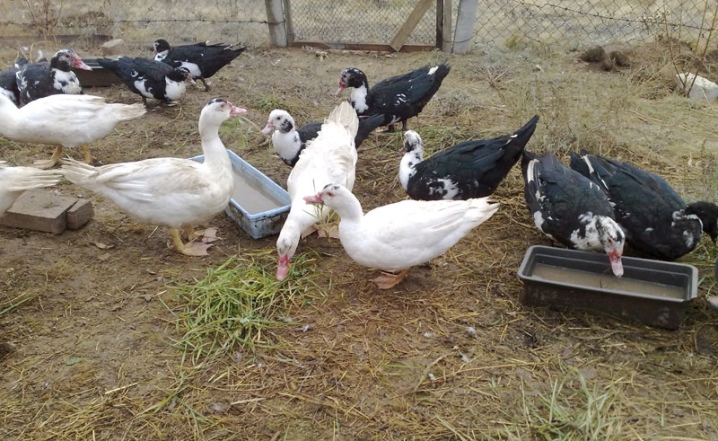
When fattening mulards, two types of food are used.
- Intensive. The diet of individuals from the age of one month to slaughter should consist of feed wheat, barley, boiled carrots, crushed corn, compound feed, boiled potatoes and greens. In addition to the listed components, it is recommended to add vitamin and mineral complexes, as well as bone or fish meal and phytocalcivit to the mixtures. The last component can be purchased at any pet store in the dog nutrition section. In addition to feeders with food, mulards should have containers with sand or fine gravel, which improve the grinding of food in the bird’s stomach. As additional nutrition, ducks receive portions of fresh grass and duckweed, which they independently harvest while on the run, which helps to obtain the necessary trace elements and nutritional compounds, which ultimately leads to rapid weight gain.

- Extensive. This type of food is somewhat different from the previous one and provides for the inclusion in the diet of cereals – corn, wheat, oats, barley, legumes – peas and red beans, as well as mash, fresh vegetables and herbs. The birds are also fed with waste from the food processing industry – bard, bran, yeast, oilcake and sunflower meal, as well as sources of vitamins and fats. As an integral part of the diet, alfalfa, nettle, clover, tops, silage, cabbage leaves, carrots, pumpkins and zucchini are used. A prerequisite for an extensive type of feeding is the free grazing of birds, during which they themselves obtain the food they need for their body. And also meat and bone meal, reverse, small fish and sour-milk products are added to the diet, and if there is free access to the reservoir, birds independently hunt snails, frogs and tadpoles. Birds are fed in this mode 4 times a day, of which 2 times they give grain and 2 times – a wet mash. Each duck should receive at least 340 g of feed per day.
The optimal period for fattening is considered to be 90-120 days. During this period, mulards gain weight up to 6 kg, after which they must be slaughtered. If this is not done, then the profitability of meat production may decrease. This is due to molting, which begins at 4 months of age and is accompanied by weight loss ducks. If you start raising livestock in April, then before the onset of cold weather it is quite possible to fatten two batches. 6 hours before slaughter, they stop feeding the bird and significantly reduce the amount of drinking water, and immediately after slaughter they are scalded with boiling water and plucked.
Fattening drakes to obtain foie gras liver is performed somewhat differently than fattening for meat. So, for the first 3 weeks, males are fed according to the general scheme, and from the 21st day they are placed in cramped cages and restricted in movement. Then for four weeks they are given a diet high in protein and starch, after which they begin to force-feed. This process does not look very humane: specially made balls, which include ground grain and peas, are pushed into the throat of a drake with the help of a special device. During the day, the bird must eat at least 1,8 kg of feed.
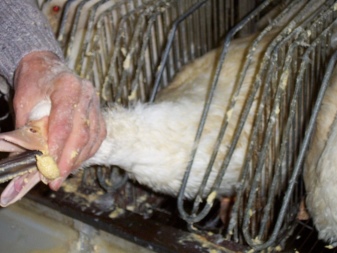
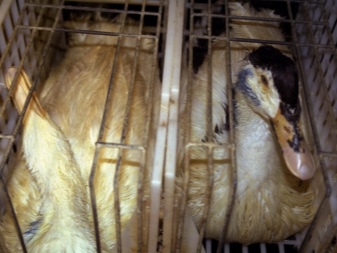
The process of force-feeding continues for 2-3 weeks, then the bird is slaughtered.
Breeding
To breed hybrids, they acquire an incubation egg and an incubator or acquire parent stock. With the incubation method, the air temperature during the first week is maintained in the region of +38–+38,2 degrees, after which it is reduced to +37,7 degrees, and a few days before the expected appearance of chicks – to +37,5 degrees. Humidity indicators at the first stage of incubation are set at 60% and gradually increase it to 85–90% by the end. From the first day of laying, eggs must be turned over 4 to 6 times a day, thus preventing the embryos from drying to the inner shell of the shell.
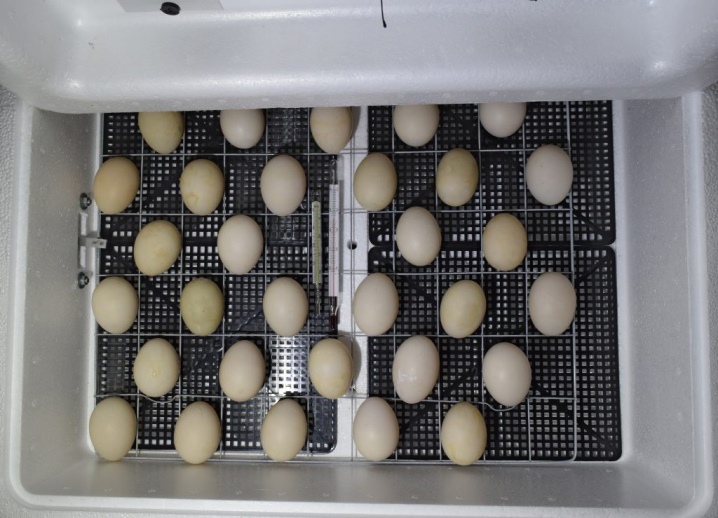
When using the incubation breeding method, it should be borne in mind that the yield of ducklings is quite low, and it is good if you can hatch at least 60–70% of the bookmark.
In addition to the incubation method, it is possible to breed mulards with the help of parent stock. The best time for breeding is April. To do this, take one musk drake and several Peking ducks aged 10–12 months. Eggs are collected 7–10 days after mating and the start of egg production. You can store them for these purposes for no more than a week, since after this period they become unsuitable for incubation. Then a hen is chosen – a calm, balanced duck, capable of sitting on a clutch for a long time, and no more than 20 eggs are placed under it.
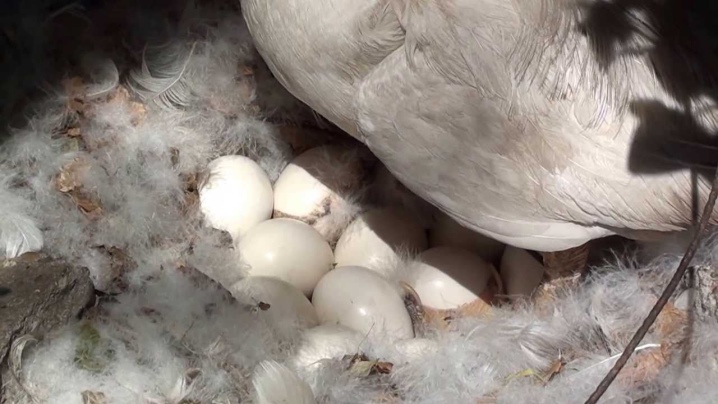
Sometimes it happens that the drake does not want to mate with white Peking ducks, then their backs are painted in dark shades, and the crossing process is successful. Hatchability in this way is very unstable and ranges from 70 to 90%, while the survival rate of ducklings born is about 95%. If the breeding was successful and the result was the birth of healthy and strong babies, then the drakes that participated in mating are kept for 5-6 years, and well-proven hens – from 3 to 4 years.
As soon as the chicks were born, it is recommended to give them a drink with a pipette with a weak solution of potassium permanganate, which will help to avoid the occurrence of infectious diseases and exclude the death of young animals. The first food of newborns is a hard-boiled egg, which is painted and sprinkled on their backs, from where they peck it safely. As for lighting, on the first day after the birth of the chicks, the light should be constantly on. Then the duration of the backlight is reduced daily by 50-60 minutes, until they reach 17-18 hours a day. In the first week, old newspapers or paper are used as bedding, changing it to a new one twice a day, after which it is replaced with straw.
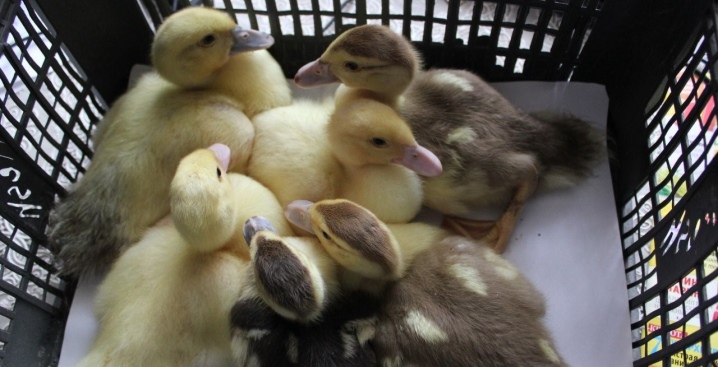
At the age of three weeks, the young begin to be let out for a walk, and in a month the ducks can already swim.
However, these breeding methods are quite laborious. For an inexperienced poultry breeder, they can seem quite complicated, so it is better for beginners to purchase day old ducks than to mess around with eggs, an incubator and parental specimens. The cost of day-old chicks is, in principle, stable and ranges from 240 to 260 rubles apiece. Ducklings are placed in a spacious box and kept at a temperature of +28–+30 degrees. After a week, it is gradually lowered by 1 degree per day until it is lowered to + 20– + 23 degrees. Monthly ducklings already have good plumage, lead an active lifestyle and can be transferred to adult content.

disease
In general, mulards are distinguished by good health and good immunity, but there are several diseases that can cause serious harm to ducks. These include cloacitis and aspergillosis. The first ailment is the result of beriberi and manifests itself in the formation of a mucous film on the cloaca. In the advanced stage of the disease, pus may appear. The disease is treated quite well, the main thing is to detect it in time. To do this, the affected area is cleaned of pus and mucus, treated with iodine and zinc ointment is applied.
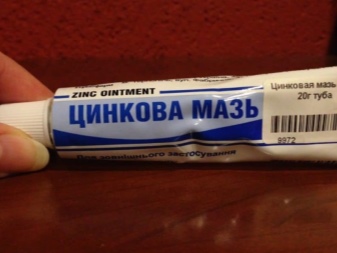

The next disease is called aspergillosis. It appears from the interaction of ducks with a fungus contained in old feed or bedding straw. The spores of the fungus enter the respiratory tract of birds and cause them to become lethargic and lose their appetite. Then more serious symptoms are connected in the form of increased breathing, vomiting and paralysis of the limbs. More than half of the cases of infection with this terrible disease ends in death. In the early stages of the disease, the bird can be cured by adding Nystatin to food, and copper sulfate to drinking.
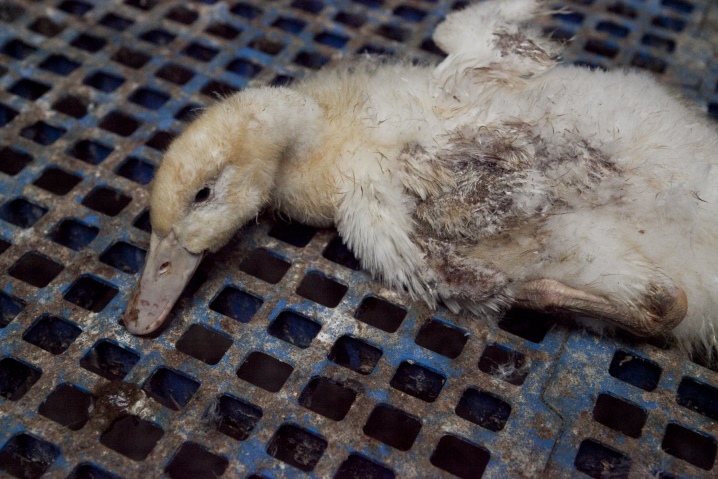
Another, although not fatal, but rather unpleasant disease is protein deficiency, which manifests itself in feather pecking. To fix the problem, you need to include more protein in your food and put cups with shell rock or gravel. Another cause of the disease is too much bran and vegetables in the poultry diet. This food has a laxative effect, which leads to the leaching of important minerals from the body. To prevent most infectious diseases, the bird must be vaccinated on time, and to prevent beriberi and microelement deficiency, it is necessary to plan the diet correctly, as well as give vitamins and mineral supplements.

Possible problems in growing
There are no special problems in growing mulards, which is why this hybrid is highly valued by farmers and is considered one of the most profitable in industrial breeding. However, in rare cases, poultry farmers have to deal with such an unpleasant moment as the aggressiveness of birds. Sometimes ducks, which by their temperament are considered calm and phlegmatic, suddenly begin to peck at each other and gnaw their wings. The bully’s neighbors begin to respond to him in the same manner, as a result, the calm and measured life of the poultry house turns into a farce.
This behavior of a fighter can be caused by any pathology, but more often it is the result of improper keeping of birds. Bursts of aggressiveness are often the result of insufficient ventilation of the room and improper lighting. So, too bright lamps can easily provoke abnormal behavior of ducks, which, if appropriate measures are not taken in time, quickly turns into cannibalism – devouring stronger individuals of weaker ones.
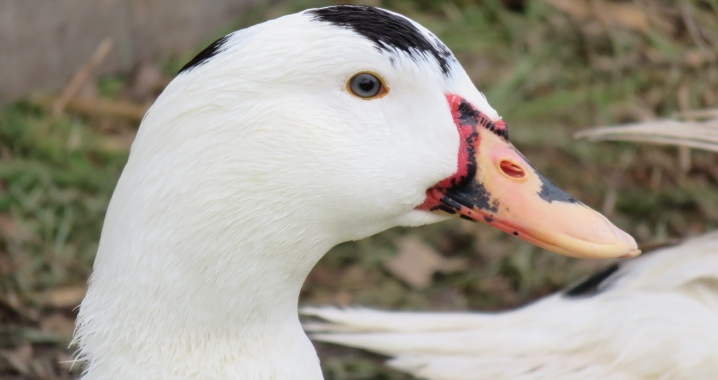
To eliminate aggression, it is recommended to transfer the bird to a bright, spacious room, as well as adjust the ventilation system and lighting.
Reviews
Private farmers and poultry farmers working in large poultry complexes highly appreciate the hybrid. There is a high productivity and unpretentiousness of the cross, as well as resistance to most bird diseases and good immunity. Experts emphasize that in terms of their weight, mulards can compete on equal terms with geese and even exceed them twice in terms of weight gain. Attention is also drawn to the small amount of feed required for growing crosses: on average, about 25 kg of feed is consumed per individual for the entire fattening period.
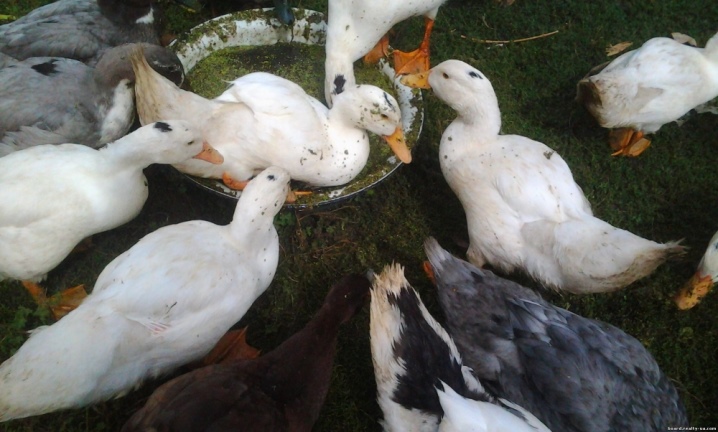
Thus, mulards are well suited as the first herd when creating your own agribusiness and are one of the most profitable duck species.
For more information about Mulard ducks, see the video below.

